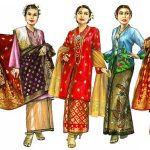Traditional Clothes of Malaysia
Malaysia’s three major ethnic groups are Malay, Chinese, and Indian, each with its own collection of traditional clothing. The majority of Malaysians dress like westerners. Malaysians usually wear formal attire only on special occasions. Malaysia’s multi-ethnic traditional clothes are all multi-colored, bespoke by their history, and brimming with vibrancy.
Malaysia
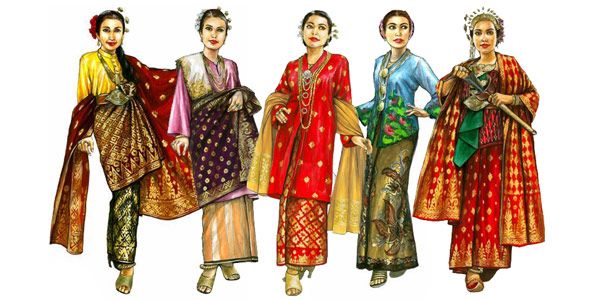
Malaysia’s most populous ethnic group is Malay. In the official language, clothing is referred to as pakaian. Males and females wear distinct formal clothing, which is usually vivid and loud in tone.
Men: The traditional Malay men’s dress is called baju melayu, and it consists of a loose tunic combined with trousers and a sarong known as sampin. Men often wear a traditional hat known as a songkok or kopiah with it. Some men tend to wear batik tops with slacks.
Women: Kemban, which consisted of sarongs wrapped over the chest, was the ancient traditional dress for Malay women. Women’s traditional dress is baju kurung, which consists of a knee-length, full-sleeved blouse and a long skirt called kain. One side of the skirt is pleated. This ensemble is generally followed by a head scarf. The kebaya, a skin-fit two-piece costume, is a semi-formal version.
Chinese
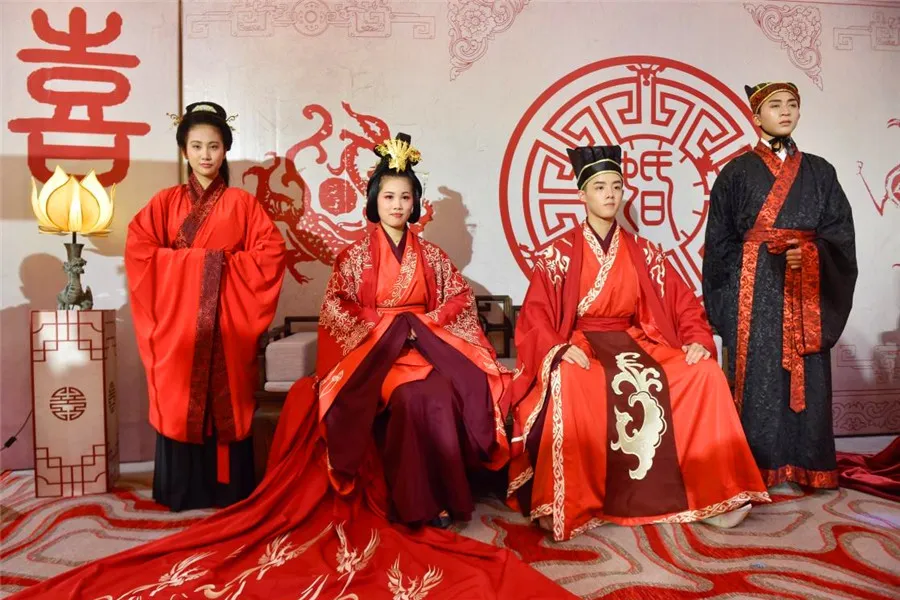
The majority of the Chinese population in Malaysia does not dress traditionally. They like to dress comfortably. However, during festivals, especially the Chinese New Year, they are seen dressed in traditional attire.
Men: While it is unusual, Chinese men in Malaysia wear their traditional uniform, known as tang suit. Tang suit is a style of floral jacket with a collar and a tie at the waist. Overseas Chinese people called it after the Tang dynasty. The name was proposed because the Tang empire was so strong that foreigners referred to Chinese as “Tang people.”
Women: During festivals and formal activities, Chinese women in Malaysia wear cheongsam (which translates as “long dress”). Cheongsam, also known as qipao, is a one-piece silk dress with a collar and waist clasps, either in the middle or on the side. Elder women wear samfoo, which is an ankle-length pant with a loose-fitting top with clasps in the middle. Hanfu, a combination of a loose blouse, a long skirt, and a belt sash, is another common traditional outfit worn by Chinese women in Malaysia.
Indian
Since trade between Malaysia and India is relatively simple, Malaysian Indians get a fair share of traditional clothing from their homeland. As a result, in terms of formal attire, Indians in Malaysia have remained true to their heritage.
Men in Malaysia wear kurta-pyjamas, dhoti-kurtas, or lungi-kurtas. Kurtas are typically knee-length shirts. Sherwani, another common variation of the kurta, is worn at weddings and other festivals. Dhoti and lungi are both styles of baggy bottoms.
Women: The majority of Indian women in Malaysia wear a saree and a blouse. Sari is a six yard piece of fabric that is wrapped around the body in the form of a skirt with pleats in the middle, and a section of the same cloth covers one shoulder and hangs below the knees. Few women often wear salwar kurtas, which are tunics with loose bottoms and a long scarf known as a dupatta.
Peranakan (Baba Nyonya)
Peranakans are Malays who married Chinese immigrants. They worship their ancient gods and adhere to their original beliefs, but they have adapted to Malay society, even learning their language.
Peranakans, also known as Baba Nyonya, wear baju panjang. Baju panjang is a long dress based on the traditional Malay baju kurung. Baju panjang is a batik sarong that is worn with three kersang (brooches) and kasot manek, which are beaded slippers.
Kadazan
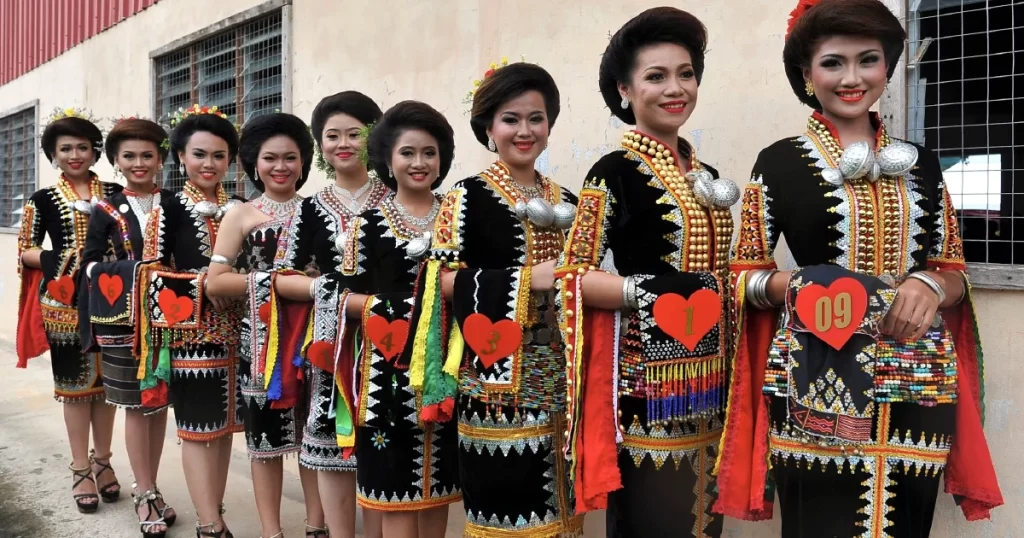
The Kadazan are an ingenious ethnic community in Malaysia’s Sabah. Their traditional dress has been well maintained since their ancestors’ period.
Men: Their standard attire consists of a jacket with gold patterns worn with trousers and a siga headgear. The siga is made of destar fabric, which is handwoven.
Women: Their traditional costume is known as papar, and it consists of an embroidered one-piece made of gold thread with a silver coin collar. Siung, a headgear consisting of bamboo strips, is also worn. This outfit is usually made of black velvet or silk.
IBAN
The Ibans are a Malaysian indigenous group. They are well-known for their warrior-like attire and the weaving of colorful, patterned cotton cloths known as “pua kumbu.”
Iban men wear baju burung as their traditional attire. This is simply a warrior outfit with a jumper on top and a knit cotton skirt on the bottom. These men also have a silver belt, armlet, anklet, and headgear on.
Women’s traditional dress is made of bidang cloth (a cloth used for sewing women’s skirts) and consists of marek empang (a chest adornment), sugu tinggi (headgear), and silver accessories such as belts, bangles, and so on.
Portuguese Immigrants
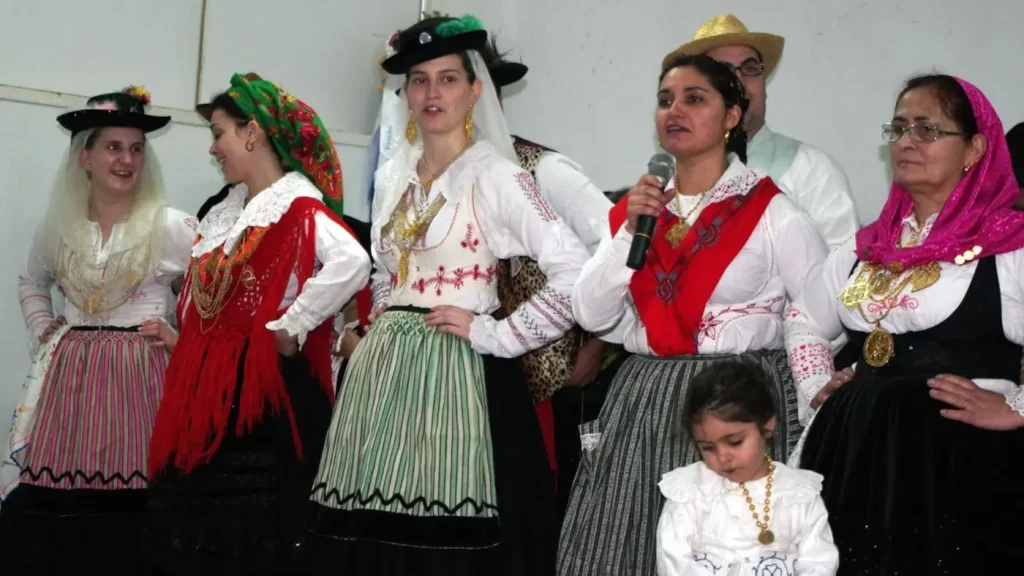
Aside from the aforementioned cultures, Malaysia also has descendants from Portugal, each with their own collection of formal attire.
Men: In Malaysia, Portuguese men wear coats with pants and belt sashes.
Women: Layered dresses, often in black or red, are worn by women.
Malaysia is a melting pot of customs and culture, especially during festivals. The nation is distinguished by its wide variety of cultures, each with its own distinctive traditional attire. It beautifully represents racial unity through the ideals of mutual respect and recognition of diversity.











